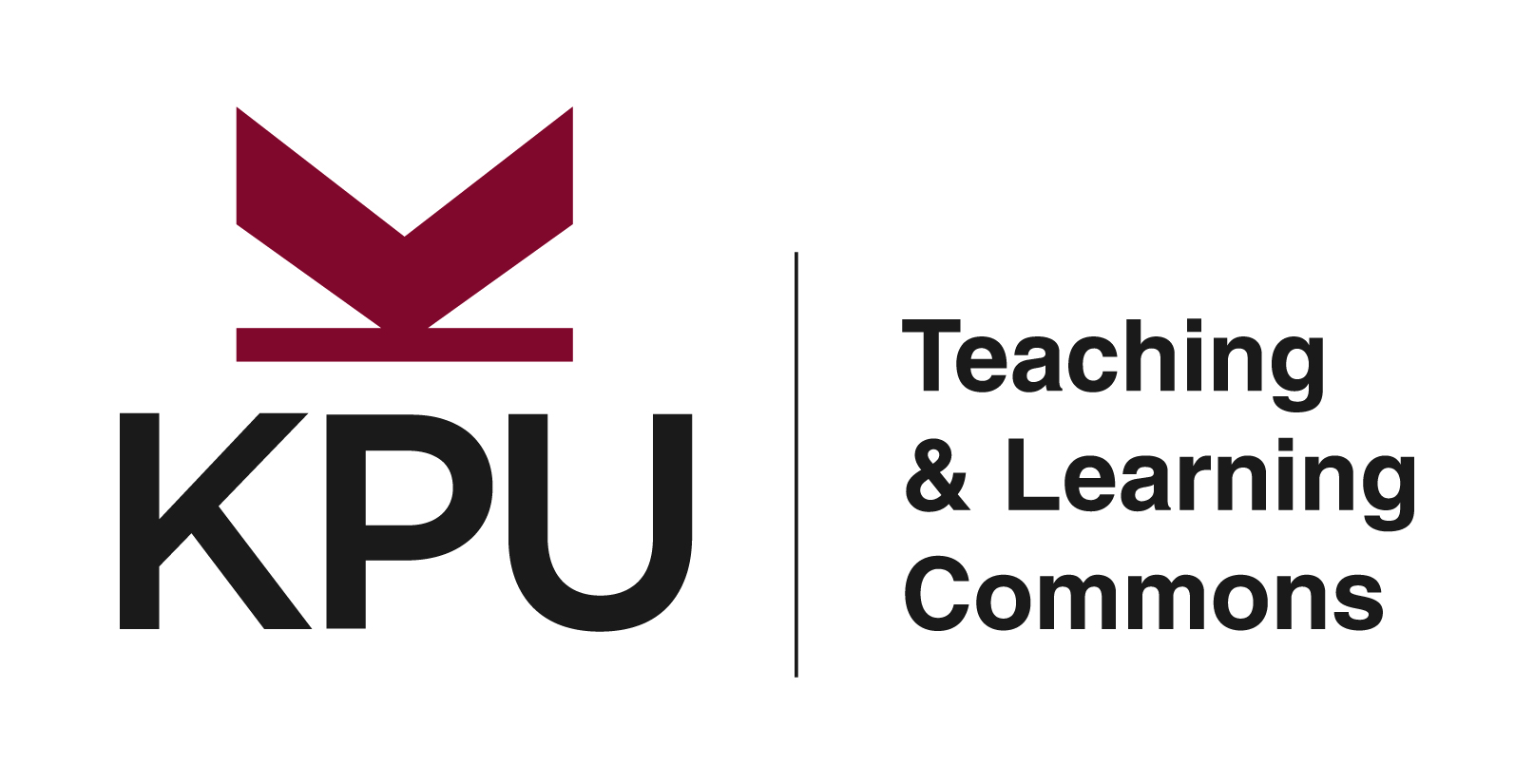Moving Teaching from a Solitary Activity to a Community Property
In 1993, Lee Shulman advocated for the idea of “teaching as community property.” Shulman’s goal was to put an end to the pedagogical solitude that happens when the classroom door closes and we wrestle, largely alone, with all the inherent challenges of teaching. Shulman hoped for the development of a scholarly community of teaching and learning analogous to the ones characterizing disciplinary research where:
“We are members of active communities: communities of conversation, communities of evaluation, communities in which we gather with others in our invisible colleges to exchange our findings, our methods, and our excuses.” (Shulman, 1993, p. 6).
Shulman had a few strategies for changing the status of teaching from an act of privacy to a property of community. The first of these was to reconnect teaching to the disciplines, which, for better or worse, are the basis of most academics’ intellectual communities. In this vision, teaching moves from a generic, non-disciplinary, and performative act and transforms into a disciplinary and professional community. Thus, teaching moves from being a derivative activity of disciplinary scholarship and becomes an expansion of scholarship in the various disciplines themselves (e.g., history, psychology, biology, etc). Shulman’s second strategy proposed making teaching visible through artifacts and products that capture the diversity and complexity of teaching activity. These artifacts could then be shared, critiqued, adopted, and improved with the community of scholars. The third and final prescription involved peer assessment of teaching, a process of quality control and oversight that is already well accepted in the traditional scholarship of discovery.
